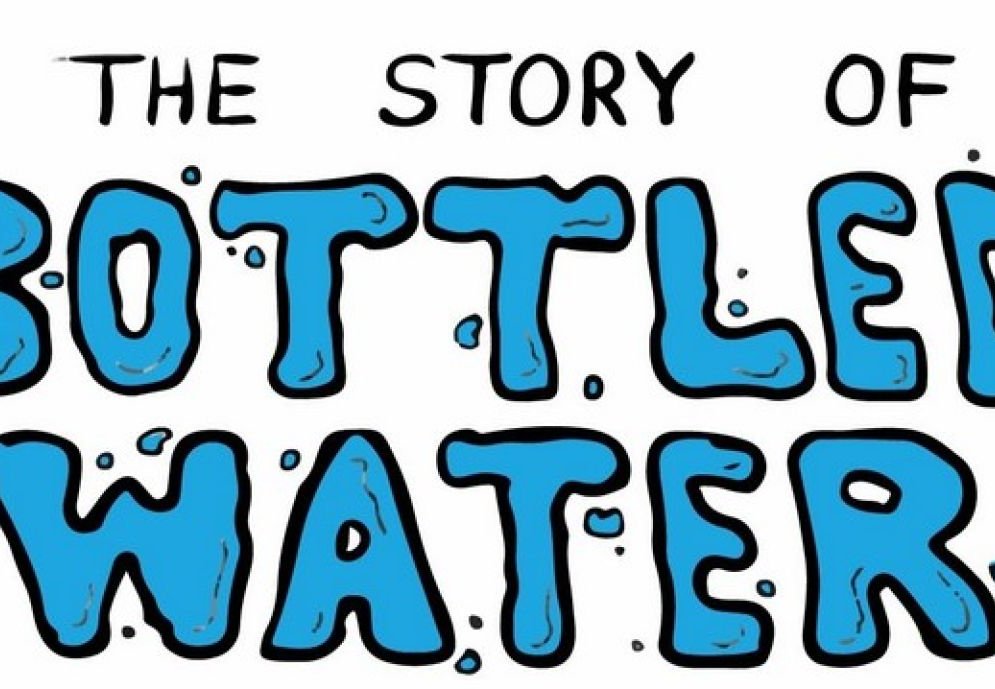

Story of bottled water
Project summary
A group activity with video links to explore issues around the promotion of bottled water vs tap water.
Learning outcome
Students will
- reflect on their own bottled water consumption.
- acquire basic knowledge about energy and resource consumption of bottled water.
- familiarise themselves with the mechanisms of advertising for bottled water.
- understand that water is a common good and that the right to water is one of the most important human rights.
- know arguments for and against the consumption of bottled water.
- develop and defend their own point of view on the topic.
Time required
2 hours
Tools or equipment
- Computer, laptop, tablet, or mobile phone
- Youtube-Video https://www.youtube.com/watch?v=Se12y9hSOM0 (animated film, 08:04) Director: Louis Fox, Written by: Annie Leonard, Jonah Sachs, Louis FoxProduction: The Story of Stuff Project & Free Range Studios, USA 2010
Additional Material:
- UN report, unu.edu/press-release/bottled-water-masks-worlds-failure-supply-safe-water-all
- Break free from Plastic, breakfreefromplastic.org/resources/
- Baobab – Material (resource in German), baobab.at/wp-content/uploads/2022/02/2_Story_Bottled_Water_Begleitmaterial.pdf
- Plastikatlas 2019 (resource in German), bund.net/fileadmin/user_upload_bund/publikationen/chemie/chemie_plastikatlas_2019.pdf
Activity description
Bottled spring and mineral water are popular, with market share and per capita consumption increasing. Advertising and image campaigns present bottled water as being of higher quality than tap water. The most important global players in the bottled water market are Nestlé, Danone, Coca Cola, and Pepsi. In the English-language film ‘The Story of Bottled Water’, Annie Leonard explains the problems associated with this development.
1. Watch video and discuss (30 minutes)
Students watch the video ‘The Story of Bottled Water’, then discuss the statements made in it.
Impulse questions for discussion:
- What was new to you?
- What did you already know?
- What particularly interested you?
- What particularly affected you?
2. Water image campaign - group work (50 minutes)
Students are divided into groups. Each group decides whether they want to plan an image campaign for tap water or bottled water.
Task: „You work in a creative office. Your office has been commissioned to design an image campaign for tap water or bottled water. The concept is to be presented to a jury (class).“
Start by collecting advantages and disadvantages of tap and bottled water. Write down the most important arguments.
- What are the key messages you want to convey in your campaign?
- How do you want to convey them?
- What measures should your campaign include?
- Present your concept to the jury (class).
3. Conclusion and consolidation of the learnt. (20 minutes)
Discuss how students personally, and the school as a whole, can reduce bottle waste. Collect the ideas.
Pool of ideas:
- Only drink tap water at school/in class.
- Each student has a refillable water bottle.
- Use reusable bottles instead of disposable bottles in vending machines/at the buffet.
- Implement a deposit system for plastic bottles at the buffet.
- Create separate collection systems for plastic bottles.
- Encourage upcycling.
Additional activities:
- Realise an image campaign for tap water at school (use the concepts developed by the student groups)
- Internet research - Who are the key players in the European bottled water market?
- Video production - Produce your own ‘Story of a Plastic Bottle’ video.
- Set up an action plan to reduce bottle waste at school.
- Pimp your tap water (with herbs, fruits, CO2, etc.)
Tips how to implement the topic to school curriculum
Nature: Gathering information on the nutritional benefits of drinking tap water
Arts: Planning and organising a video project
History and social sciences, languages, media: Reflecting on marketing strategies and campaigns
